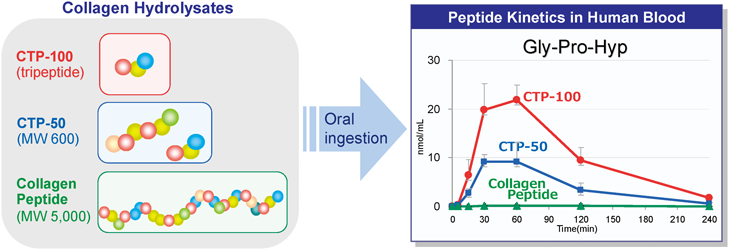2 0 0 0 IR 戦前の日本赤十字社看護婦の思想形成の背景にあるもの
- 著者
- 山本 捷子 Shoko YAMAMOTO 日本赤十字秋田短期大学看護学科 THE JAPANESE RED CROSS JUNIOR COLLEGE OF AKITA
- 雑誌
- 日本赤十字秋田短期大学紀要 = Bulletin of the Japanese Red Cross Junior College of Akita (ISSN:13430033)
- 巻号頁・発行日
- no.2, pp.17-23, 1998-03-31
現在でも,戦前の日本赤十字社の救護看護婦の活動を讃えている人々がいるが,それはなぜかという問題意識から,戦前の日赤看護婦にはどのような思想が期待されたか,ならびにそれが社会の思想,特に女子教育とどのように関連しているかを検討した。日赤看護婦の活動を支えた思想は,俗に「不撓不屈の日赤看護婦精神」といわれるものである。それは日赤の初代社長佐野常民の訓示や救護員十訓という徳目の教化や,直接的間接的な皇室崇拝の教化によって培われ,日赤看護婦に期待される「尽忠報国」や「奉仕,忍耐,献身」の思想が形成されたといえる。日赤看護婦思想形成の背景には,明治中期以後の教育勅語教育体制や女性観として良妻賢母思想の教育が存在し,学校教育と日赤看護婦の思想形成の教育方法は,儀式や旗,歌など情緒的注入方法の点で共通することを明らかにした。Why, even now, do people give such high praise to the Relief Nurse of the Japanese Red Cross of pre-World War II? This study is an investigation of what kind of spirit was expected of Japanese Red Cross Nurse in pre World War II times. The relation of this spirit to the stream of social thought and women's education at that time was clarified. The nurse's spirit of the Japanese Red Cross was called "Sacrificial" and "Inflexicible", and these endurance qualities supported their hard taskls and sufferings.
1 0 0 0 OA Absorption and Urinary Excretion of Peptides after Collagen Tripeptide Ingestion in Humans
- 著者
- Shoko Yamamoto Kisaburo Deguchi Masamichi Onuma Noriaki Numata Yasuo Sakai
- 出版者
- The Pharmaceutical Society of Japan
- 雑誌
- Biological and Pharmaceutical Bulletin (ISSN:09186158)
- 巻号頁・発行日
- vol.39, no.3, pp.428-434, 2016-03-01 (Released:2016-03-01)
- 参考文献数
- 27
- 被引用文献数
- 18 53
Collagen tripeptide (CTP) is a collagen hydrolysate containing a high concentration of tripeptides with a Gly-X-Y sequence, such as Gly-Pro-Hyp. To test the effects of this preparation, we compared the absorption of peptides in humans after ingestion of a tripeptide fraction of CTP (CTP-100), a CTP preparation containing ca. 50% Gly-X-Y tripeptides (CTP-50), and a collagen peptide that did not contain tripeptides (CP). The postprandial levels of Gly-Pro-Hyp and Pro-Hyp in the plasma increased in those subjects who ingested CTP-100 and CTP-50, and were higher with greater Gly-Pro-Hyp ingestion. This demonstrated that collagen hydrolysates were efficiently absorbed when the collagen was ingested in the tripeptide form. Gly-Pro-Hyp and Pro-Hyp were also found in the urine after ingestion of CTP-100 or CTP-50. Similar to the results for the plasma concentration, the urinary excretion of Gly-Pro-Hyp and Pro-Hyp was also dependent on the amount of Gly-Pro-Hyp ingested. This indicates that ingested Gly-Pro-Hyp and generated Pro-Hyp were relatively stable in the body and were transported to the urine in the peptide form. The concentration of Hyp-Gly in the plasma was low after the ingestion of CP and CTP-100 but higher after the ingestion of CTP-50. Overall, our results suggest that tripeptides derived from collagen are absorbed efficiently by the body.
